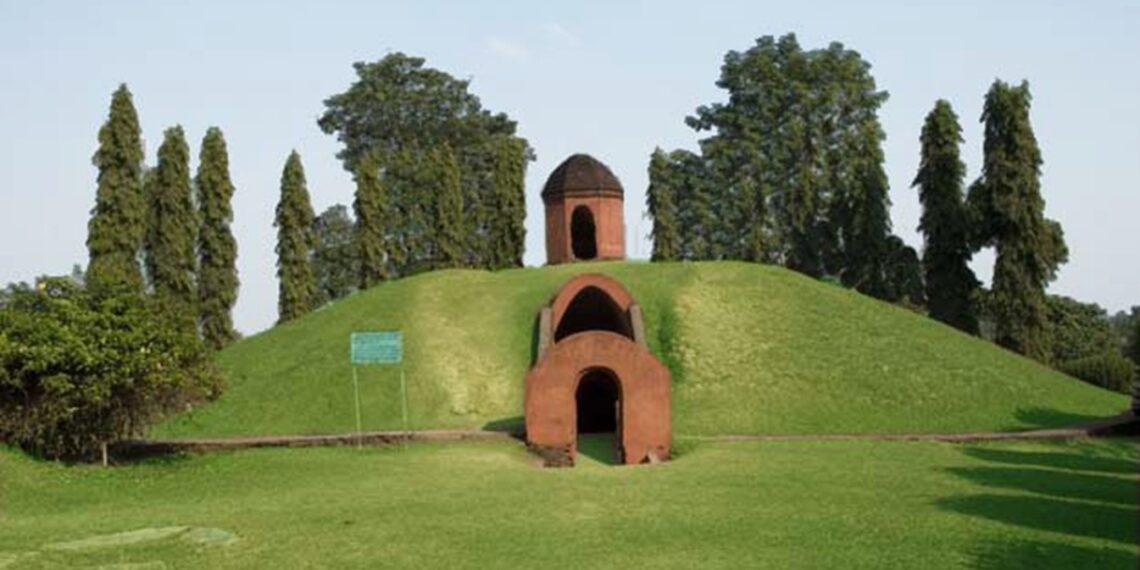Guwahati: Assam’s Charaideo Maidams were officially inscribed as a UNESCO World Heritage Site, with the World Heritage Certificate of Inscription being presented to Assam’s Culture Minister, Bimal Bora, in Paris.
The recognition was awarded for the “Maidams – The Mound Burial System of the Ahom Dynasty,” marking a historic achievement for the state.
The certificate was handed over by UNESCO’s Assistant Director-General for Culture, Ernesto Ottone Ramirez, during a ceremony in the presence of India’s Ambassador to France, Vishal B. Sharma.
The event was a proud moment for Assam, with Minister Bora calling it a “grand Magh Bihu gift” for the state.
In a post on X, Bora expressed his congratulations to all Assamese people for this significant milestone and thanked Prime Minister Narendra Modi and Chief Minister Himanta Biswa Sarma for their support in securing this recognition.
Sarma, in his message, shared his excitement, saying, “Bhogali Bihu wishes straight from @UNESCO, and what’s sweeter? We’ve received the official certificate of Charaideo’s inscription into the prestigious World Heritage Site List. 2024 was indeed a good year for Assam, and 2025 promises to be even better.”
Union Ports Minister Sarbananda Sonowal also congratulated the state, calling it “a grand Magh Bihu gift for Assam.”
The Charaideo Maidams are the first cultural site from Northeast India to be inscribed on the UNESCO World Heritage list.
The decision to grant this honour was made at the 46th session of the World Heritage Committee held in India last July.
This recognition places the Maidams among the select cultural heritage sites worldwide, joining the ranks of other significant World Heritage Sites such as the Kaziranga and Manas National Parks in Assam.
The Charaideo Maidams represent a unique mound burial tradition of the Ahom dynasty, which ruled Assam from the 13th to the 19th century.
Out of 386 Maidams explored, the 90 royal burials at Charaideo are the most well-preserved, offering the most complete examples of this late medieval tradition.
ALSO READ: Assam: Four arrested with heroin worth Rs 9 crore
These sacred sites are considered the final resting places for the Ahom royalty, known as “Swargadeos,” as well as other members of the royal family and ancestors.
Initially, the Ahom kings and nobles were buried with their belongings, but by the 18th century, they adopted Hindu cremation practices, entombing the bones and ashes in these distinct burial mounds.
The Maidams, with their unique architectural design, represent a significant cultural legacy within the broader context of South and Southeast Asia.
The UNESCO recognition brings global attention to this cultural gem, further solidifying Assam’s rich heritage on the world stage.















